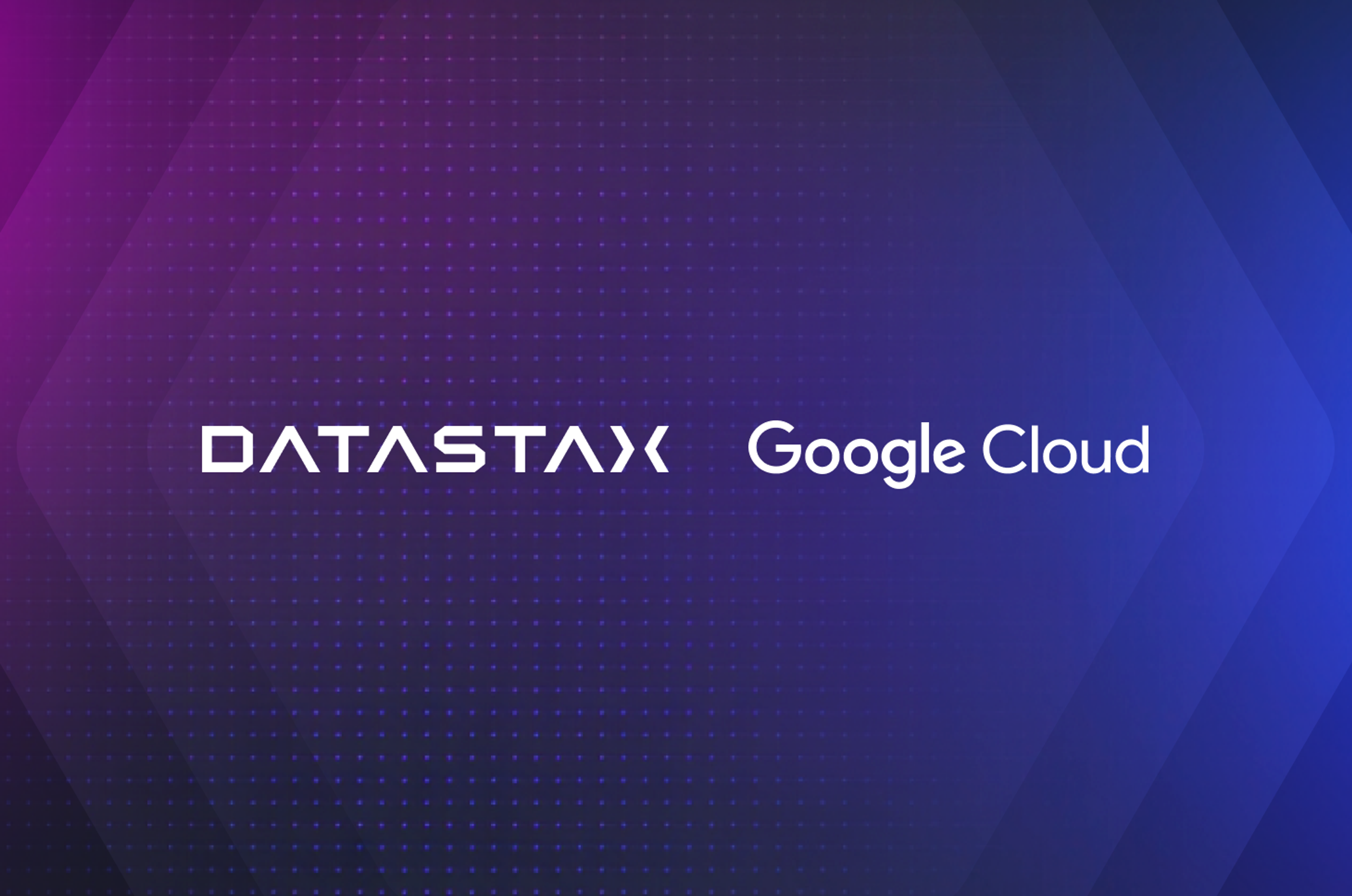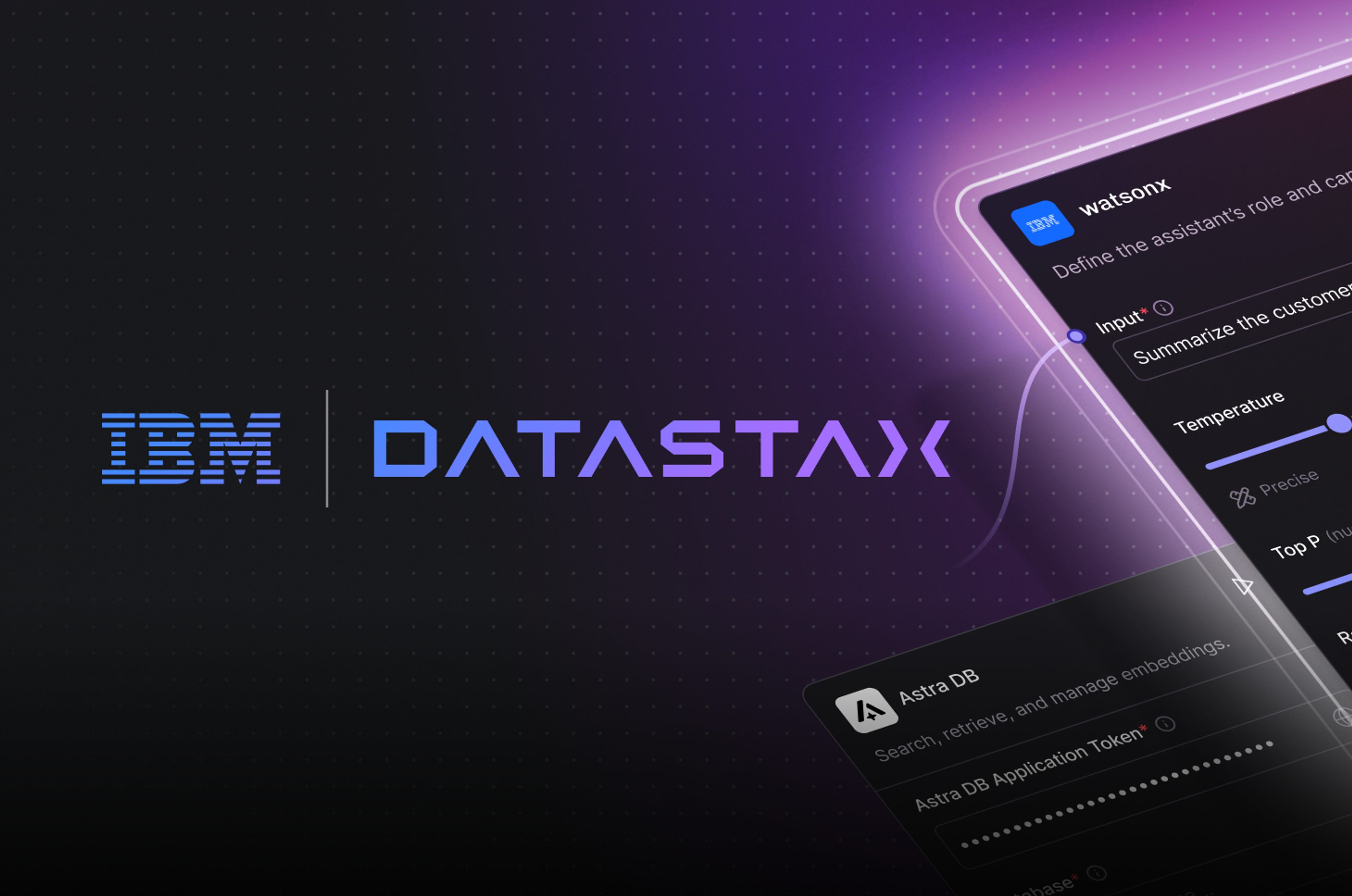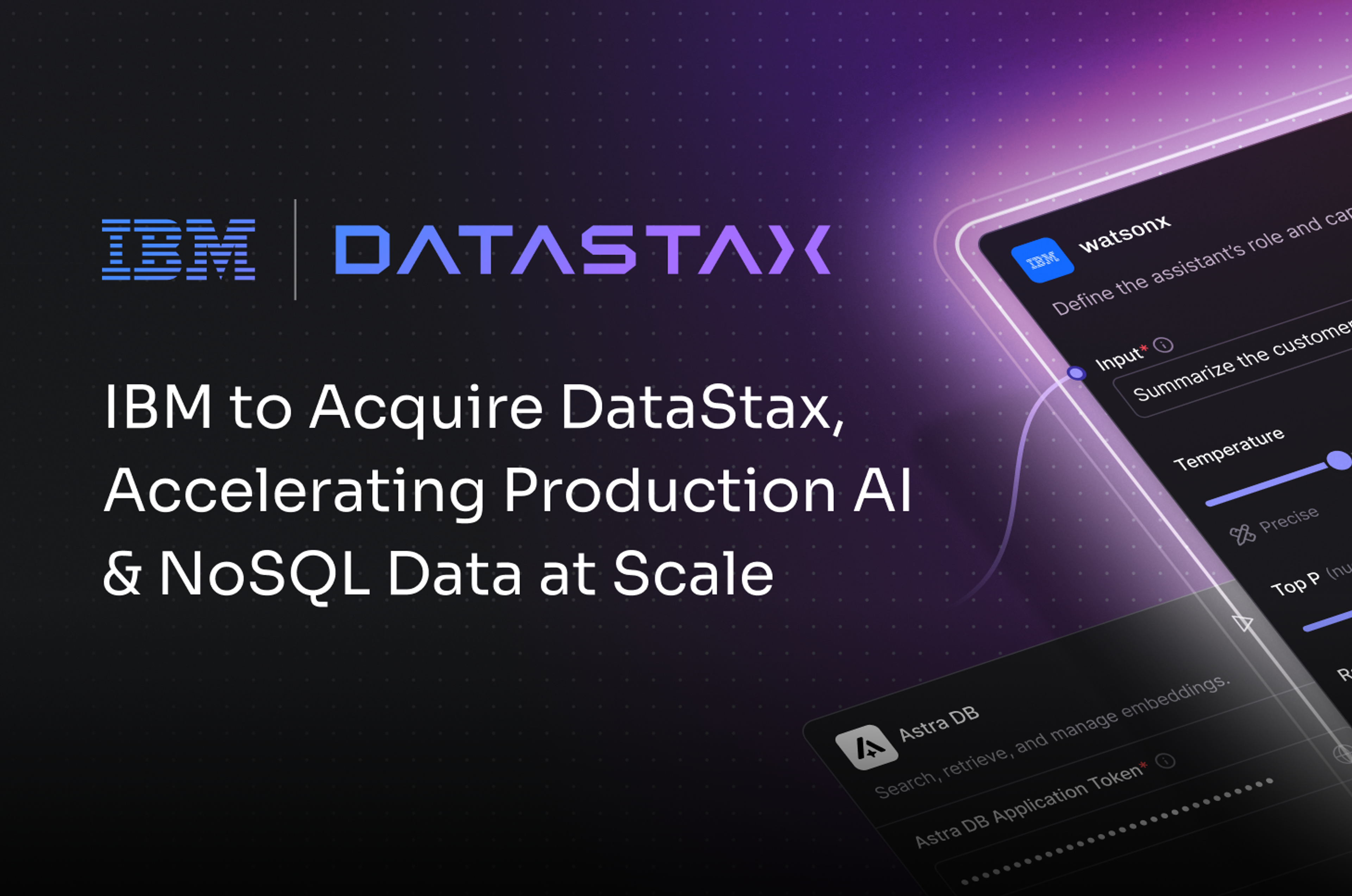If you’re like many organizations, you are currently hybrid cloud and increasingly multi–cloud — meaning you have a combination of on-prem, hosted, and cloud, as well as multiple private and public clouds in play all at once.
The advantages are clear: flexibility and choice. Hybrid cloud lets you choose when to keep more sensitive data or applications that are too costly to move right now on-prem, while having a choice of multiple clouds lets you flex and scale workloads among them without experiencing vendor lock-in. Other advantages of multi-cloud include reducing the risk of service interruptions, reducing pricing risk, and having the right cloud for the right job.
Multi-Cloud Database Management Platforms are Key to Success
Supporting all of this flexibility (or not) are your databases; more specifically, your data management strategy.
Unfortunately, many organizations do not always align their data management strategy with their hybrid cloud strategy, or they realize the two are misaligned after it’s too late and the data silos have already popped up due to multiple databases not communicating with each other.
Having the right multi-cloud database strategy is crucial to ensure your data:
- works most effectively among clouds,
- does not create more silos,
- meets data security and privacy compliance,
- is scalable and portable, and
- has the fluidity to meet an evolving cloud future.
Multi-cloud databases are essential, but not every database management platform offers the unique features that fully support a multi-cloud architecture.
What Does a Multi-Cloud Data Management Platform Give You?
- Data autonomy
The ability to own your data without vendor lock-in anywhere is imperative in today’s world of increasing privacy regulations, evolving public clouds (some who could become your competitor), and risk management. Your database management platform should enable full data autonomy for your organization.
- Scalability
Your database management platform should offer linear scalability and be able to add nodes and compute capacity with scale-out architecture and no downtime. This is one of the key powers of an Active Everywhere database.
- Distribution
The platform should span multiple regional and global data centers, clouds, and service provides.
- Real-Time Capabilities
A database management platform should provide anytime, anywhere access with instant responsiveness.
- Always-on
There should be zero downtime across many years.
- Contextuality
The platform should offer contextual relevance by serving intelligent information to the user at the right time, through the right channels.
These are all characteristics of an enterprise data layer that will support a multi-cloud strategy. But that’s not all your database management platform should do.
A Multi-Cloud Data Management Platform Puts You in Control
The right database management platform will give your business the power to grow and innovate. How? By:
- Giving you the freedom to design your architecture with the cloud services you choose.
- Letting you implement services on your on-prem database and leverage resources from multiple public cloud vendors.
- Allowing you to migrate your database from one cloud vendor to another without downtime in a matter of hours to days.
- Allowing you to replicate your database to an on-prem and across cloud data centers or multiple cloud regions, but evacuate entire regions based on availability concerns or outages.
- Allowing you to leverage a database with an Active Everywhere architecture to support a seamless and effortless transition to hybrid cloud without having to change your applications.
In the end, your multi-cloud database management strategy is really the key to how your company’s applications will perform in the future. Without a roadmap that includes hybrid/multi-cloud and how you plan to transition to it, you will find yourself dealing with severe data silos and business-critical applications that don’t communicate with each other. Multi-cloud is supposed to make this all easier, but you also need the right enterprise data layer there to help you manage it, and this can be done via an Active Everywhere database, which is DataStax Enterprise.








